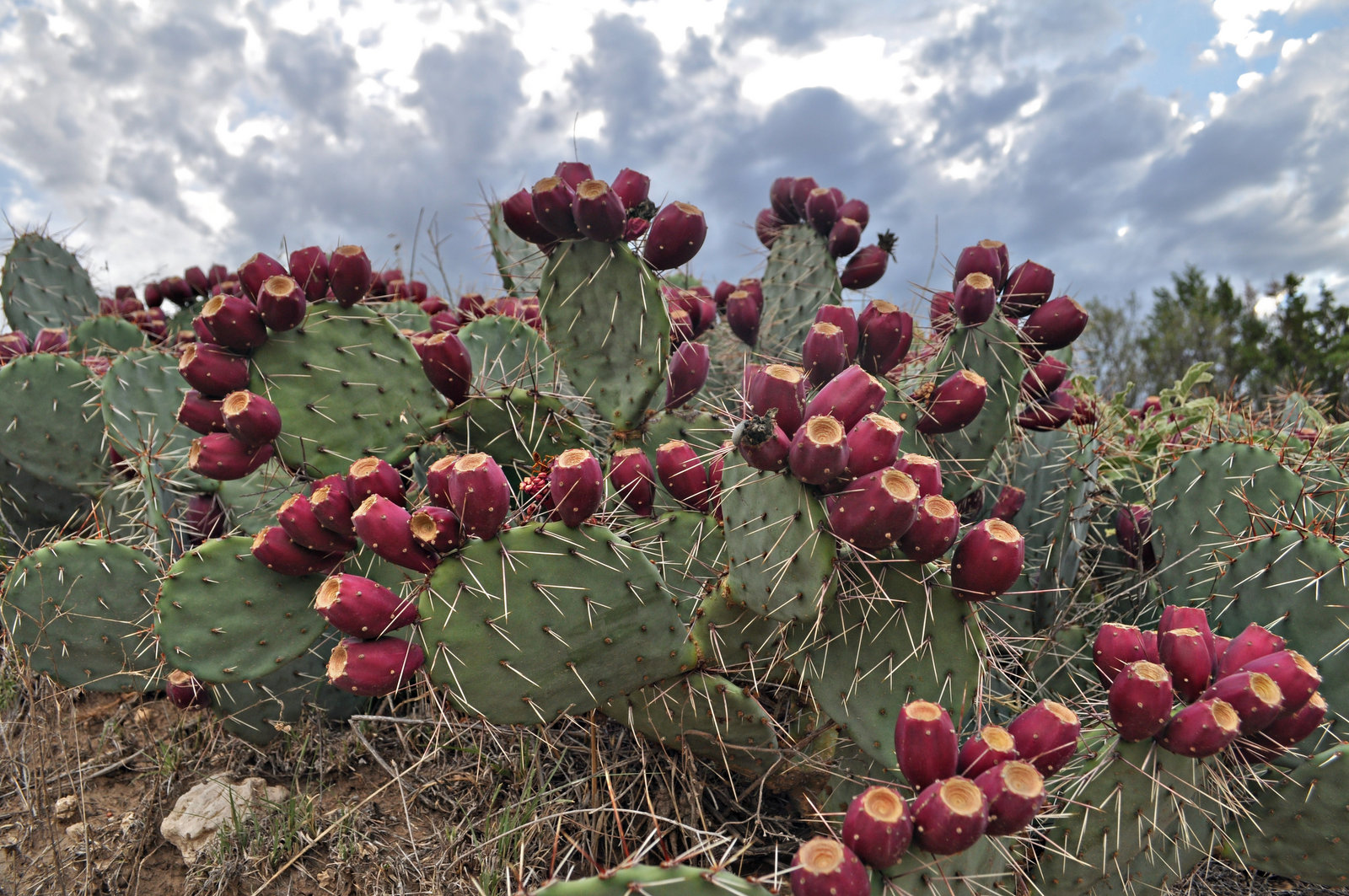The mesmerizing allure of prickly pear cacti captivates not only with their unique appearance but also with their diverse characteristics. Expanding your knowledge about the various types of prickly pear cacti can transform the way you perceive these extraordinary plants. This article delves into notable species of prickly pear cactus, examining their habitats, attributes, and uses to both enhance your botanical expertise and pique your curiosity.
Prickly pears belong to the Opuntia genus, native primarily to the Americas. These cacti are identifiable by their flattened pads and vibrant flowers, and they have adapted to thrive in arid and semi-arid environments. Understanding the various types of prickly pear cacti will illuminate the incredible biodiversity within this genus.
The astonishing array of prickly pear cacti can be categorized into different species, each flaunting its own unique traits. From culinary uses to ornamental appeal, the distinctions between varieties are not merely aesthetic; they offer a deeper insight into the ecological and cultural significance of these plants.
Take a journey through several remarkable types of prickly pear cacti that you should become familiar with.
Understanding the Basics of Prickly Pear Cacti
Before diving into specific species, it’s crucial to grasp the foundational attributes of prickly pear cacti. Most species exhibit flat, paddle-like stems that store water, and robust spines that can deter herbivores. Prickly pears also feature vibrant flowers that bloom in the warmer months, yielding colorful fruit known as tunas. Each of these elements contributes to their survival in harsh environments.
As you explore the characteristics and habitats of prickly pear cacti, consider how they adapt to their surroundings. These survival mechanisms not only facilitate their growth but also underscore their importance in their ecosystems, contributing to biodiversity and providing sustenance to local wildlife.
Varieties of Prickly Pear Cacti You Must Know
Opuntia ficus-indica: The Classic Culinary Favorite
This species, often referred to as the Indian fig or Barbary fig, stands out for its sizable, oval pads and delectable fruit. Renowned for its culinary uses, Opuntia ficus-indica is widely cultivated in Mediterranean and subtropical regions. The fruit, known as prickly pear or tuna, is not only visually striking but also packed with nutrients. Its flavor is reminiscent of watermelon, with a surprising sweetness that lends itself to juices, salads, and even desserts.
Beyond its culinary application, this species has historical significance in agriculture, where it has served as forage for livestock and as a natural fence in arid landscapes. Its robustness and adaptability make it a prime example of the utility of prickly pear cacti.
Opuntia cochenillifera: A Dyeing Delight
This lesser-known species thrives particularly in tropical areas, and its pads serve as hosts for the cochineal insect. Harvesting these insects allows for the extraction of carminic acid, which has been traditionally used to produce a brilliant red dye. This vivid pigment has historical significance, tracing back to ancient civilizations that utilized it in textiles and artwork.
Besides its practical application, Opuntia cochenillifera boasts attractive appearance with dense clusters of pads loaded with bright yellow flowers. Understanding the relationship between this prickly pear and the cochineal insect unravels a fascinating ecological partnership, emphasizing the interconnectedness within ecosystems.
Opuntia engelmannii: The Desert Survivor
The Engelmann prickly pear is native to the Southwestern United States and Mexico, thriving in arid deserts. Characterized by its large, flat pads and striking yellow flowers, it is an emblem of resilience, adapting perfectly to harsh climates. The pads of this species are not only a visual wonder, but they are also edible, with a sweet and slightly tart flavor.
Opuntia engelmannii has ecological importance as well, offering shelter and sustenance to a myriad of desert wildlife. Birds, insects, and small mammals all find refuge in its spiny embrace, establishing a pivotal role within its habitat.
Opuntia basilaris: The Ground-Hugging Wonder
Commonly known as the beavertail cactus, Opuntia basilaris is an intriguing low-growing species that adds dynamism to desert landscapes. Distinctive for its paddle-shaped pads that grow close to the ground, this species boasts stunning magenta flowers that appear in spring, creating bursts of color against the stark backdrop of arid terrain.
While not as famous for its fruits as other prickly pears, the pads are still edible and can be sautéed or grilled. The low stature of Opuntia basilaris makes it an excellent choice for rock gardens, where it can flourish in well-drained conditions.
Exploring the Multifaceted Uses of Prickly Pear Cacti
As you delve deeper into the world of prickly pear cacti, it’s important to recognize their multifaceted uses that extend beyond aesthetics. Cultivating awareness about the potential of these plants can inspire conservation efforts and sustainable practices among gardeners and agriculturalists alike.
In the culinary realm, prickly pear fruits are gaining popularity not only for their delicious taste but also for their health benefits. Packed with antioxidants and vitamins, they have a significant role in traditional medicine and modern dietary practices. Additionally, the pads of various species can be prepared in an array of dishes, emphasizing their versatility.
Furthermore, prickly pear cacti serve as sustainable landscaping solutions in arid regions. With their natural drought resistance, these plants reduce watering needs and provide critical habitats for local wildlife, promoting biodiversity.
Conclusion: Embracing the Diversity of Prickly Pear Cacti
Understanding the various types of prickly pear cacti undoubtedly enriches your appreciation of these fascinating plants. By exploring their unique attributes and myriad uses, we unveil a complex tapestry of life that presents significant ecological and cultural importance. Whether you are a seasoned gardener or a novice enthusiast, recognizing these plants’ roles in their environments ensures a deeper connection to nature and fosters a sense of responsibility toward conservation efforts.
As prickly pears continue to thrive amidst shifting climates, they remind us of the resilience of nature and the hidden treasures waiting to be discovered within it.





Leave a Comment